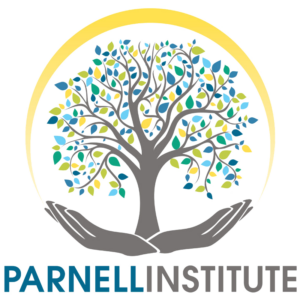Trainer
Eye Movement Desensitization and Reprocessing (EMDR) is a powerful and effective therapy for the treatment of trauma. EMDR therapy incorporates eye movements or other bilateral stimulation into a comprehensive approach that processes and releases information trapped in the mind and body, freeing people from disturbing images and body sensations, debilitating emotions, and restrictive beliefs. This revolutionary therapy has helped millions of clients of all ages recover from such traumas as war, accidents, assaults, disasters, and childhood abuse. EMDR has been extensively researched as a treatment for post-traumatic stress disorder (PTSD), and is considered to be an evidence-based therapy.
In addition to the treatment of PTSD, EMDR is also used to treat the psychological effects of smaller traumas that manifest in symptoms of depression, anxiety, phobias, low self-esteem, creativity blocks, and relationship difficulties. Not only does healing occur much more rapidly than in traditional therapy, but as a result of EMDR’s clearing of emotional and physical blockages, many people also experience a sense of joy, openness, and deep connection with others. EMDR is a quantum leap in the human ability to heal trauma and maladaptive beliefs.
What is Attachment-Focused EMDR?
Attachment-focused EMDR (AF-EMDR) is an evolution of standard EMDR and stresses the importance of creating safety for the client and the need to adapt treatment according to client-centered cultural and individual needs. AF-EMDR emphasizes a reparative therapeutic relationship using a combination of (1) Resource Tapping to strengthen clients and repair development deficits, (2) AF-EMDR to process traumas, and (3) talk therapy to help integrate the information from AF-EMDR sessions and to provide the healing derived from therapist-client interactions. Through these, AF-EMDR extends the use and benefits of EMDR and bilateral stimulation to clients typically less responsive to traditional EMDR protocols and helps clients experience more complete resolution.
In Parts 1 & 2, you will learn how to use AF-EMDR in clinical practice. This comprehensive training includes lectures, small group practice, and demonstrations in a supportive environment.
Learning Objectives:
- Construct protocols and procedures for using AF-EMDR with a variety of clients.
- Demonstrate clinical application of EMDR and AF-EMDR concepts and procedural steps.
- Demonstrate client selection criteria and cautions necessary for the safe use of AF-EMDR.
- Utilise resource development and installation in cases of challenging life situations, blocking beliefs, or for performance enhancement
- Identify methods for developing inner resources used for interweaves and client closure.
- Construct AF-EMDR targets using the bridging technique
- Integrate AF-EMDR into clinical practice with a range of clients and present problems
Course Requirements
- SPS Registered Psychologist, SAC Registered Counsellors, or Masters in Psychology or Counselling
Upon Completing this Course
Parnell Institute will award participants a Letter of Attendance. A Certificate of Completion will only be awarded when participants complete all three parts within two years. To be an AF-EMDR Certified Therapist, click on the links for the full certification requirements by APCB and Parnell Institute.



